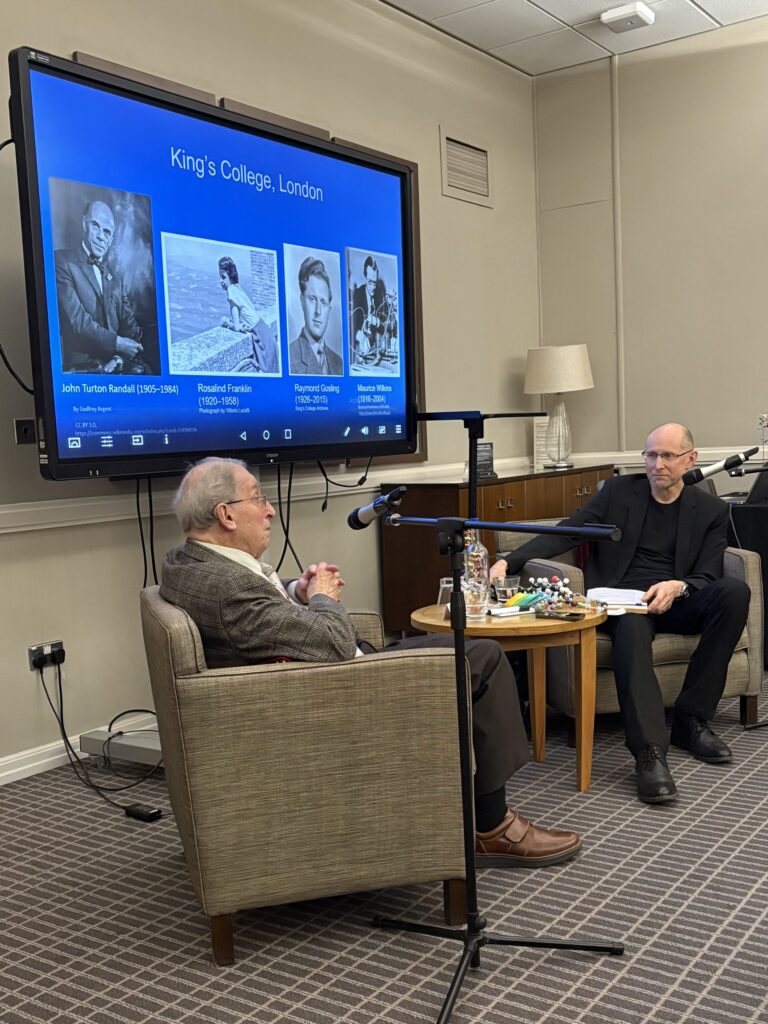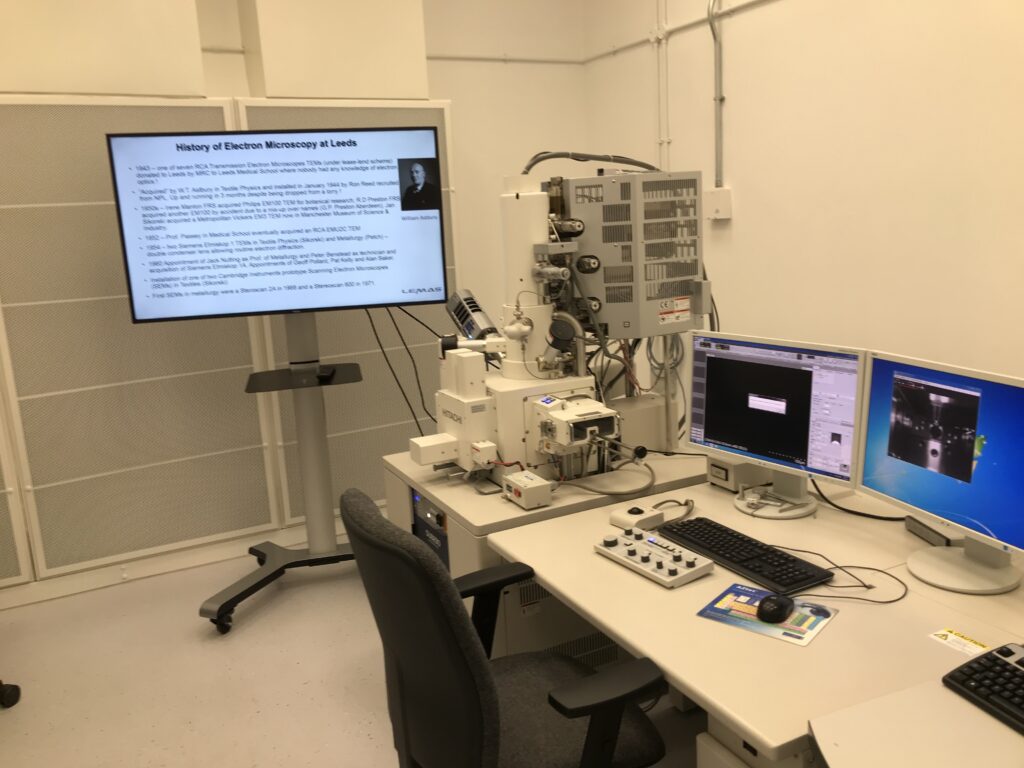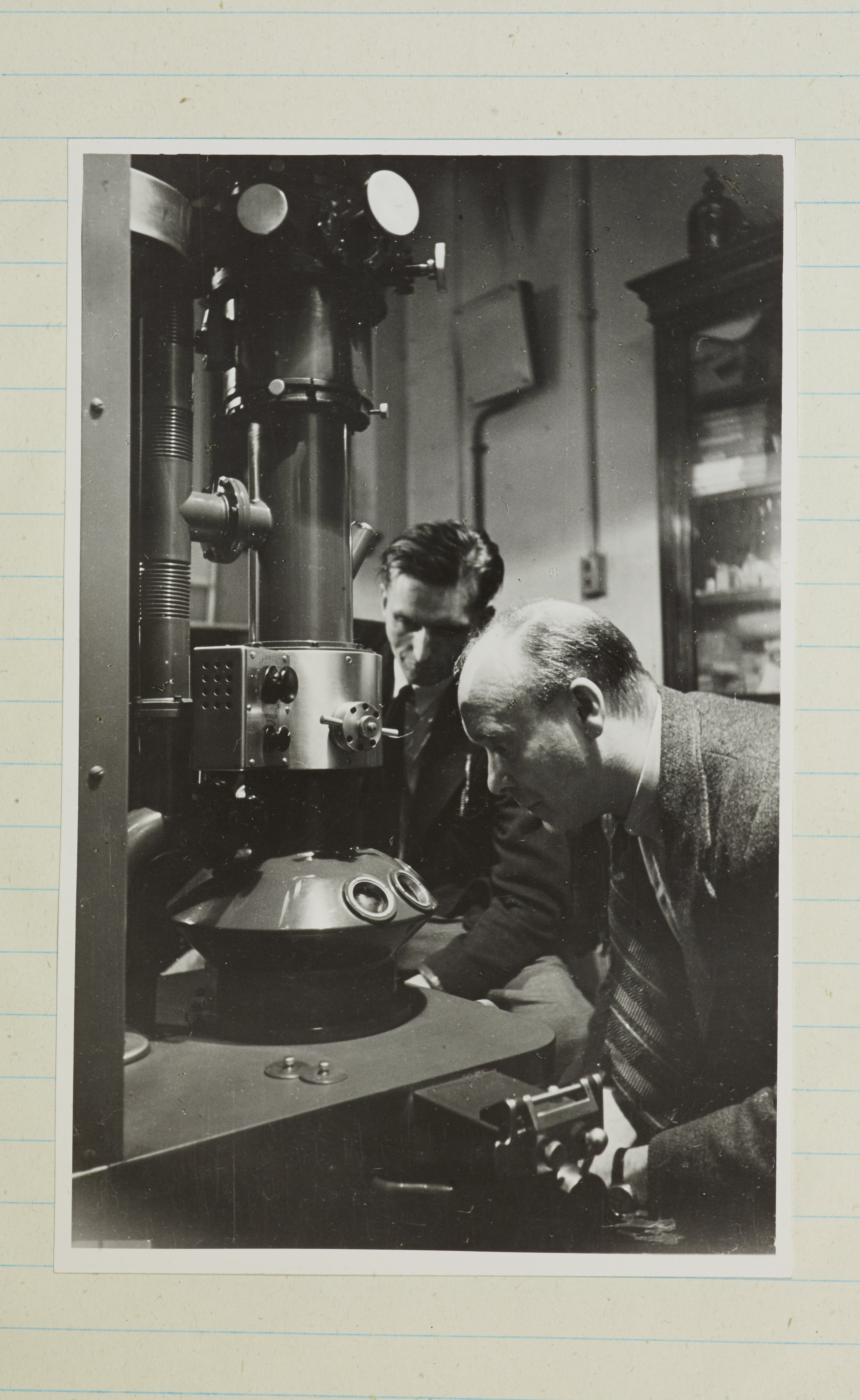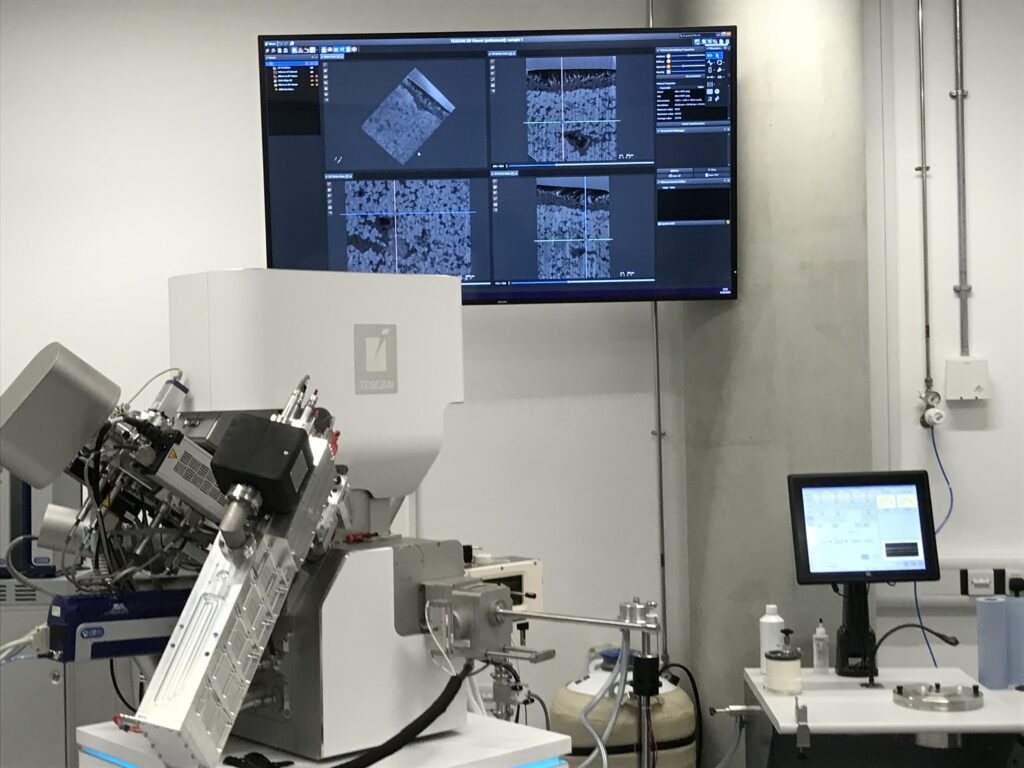In 1913, after working for long hours in a freezing cold laboratory on Woodhouse Lane, Leeds, father and son physicists William and Lawrence Bragg made a ground-breaking discovery for which they received the Nobel Prize in Physics two years later. Their development of X-ray crystallography, a method which uses the scattering of X-rays to reveal the atomic arrangement of crystals, not only transformed our understanding of matter but also opened up an exciting new field of research in which a generation of young scientists went on to make a name for themselves.
One of these was Professor Tony North (seen below) who, early in his career, was part of a groundbreaking team that successfully used this method to reveal the structure of lysozyme – the first enzyme ever to have its 3D molecular shape solved.

In a conversation hosted by Leeds Phil and Lit earlier this year, Tony shared his recollections of this memorable journey, recounting his role in pioneering the application of computing to solving biological structures (which has today led to powerful tools such as the Nobel Prize-winning AlphaFold), as well as the distinguished people he met along the way, several of whom – such as Max Perutz and Dorothy Hodgkin – won Nobel Prizes for their work in this field. Tony’s story which, alongside cutting edge science such as X-ray crystallography and biocomputing also involved a crucial trip to Hamley’s toy shop in London all in the service of science…can be heard here.



